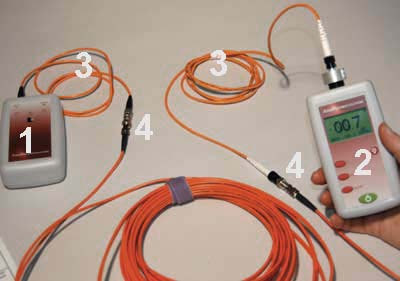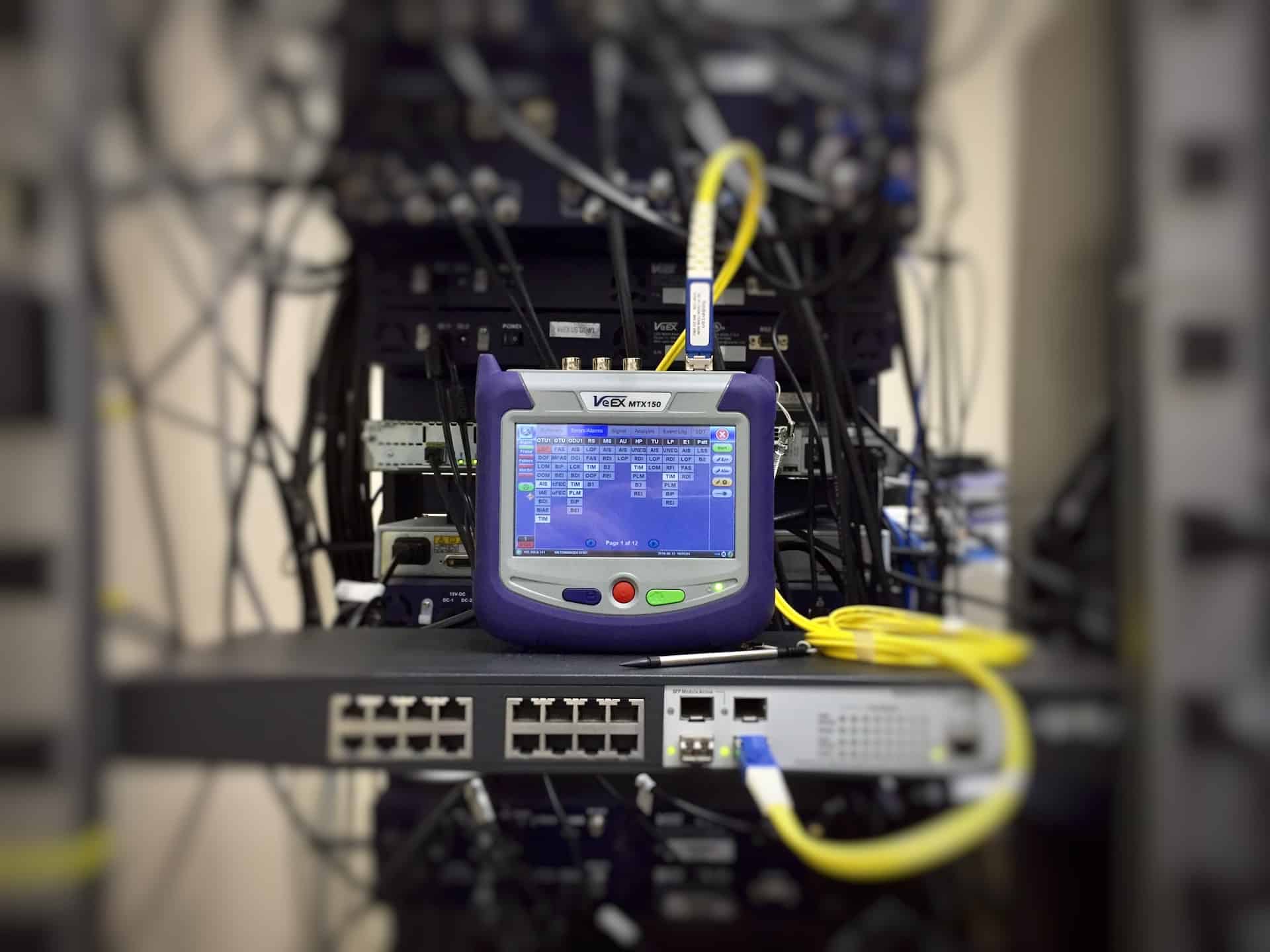Unveiling the Key Utilizes of Optical Fibre Evaluating for Reliable Data Transmission
In the realm of modern communication, optical fiber testing arises as an important technique for maximizing data transmission. By utilizing methods such as Optical Time Domain Reflectometry (OTDR) and insertion loss assessments, network drivers can successfully determine and deal with issues that might jeopardize signal integrity. As the demand for faster and more reputable links remains to rise, the implications of these testing methods expand past instant mistake discovery, influencing long-term network performance. Understanding the diverse applications of optical fibre screening welcomes a deeper exploration right into its crucial duty fit the future of information communication.

Value of Optical Fibre Screening
The relevance of optical fiber testing can not be overstated, as it works as an important component in guaranteeing the reliability and performance of data transmission systems. In an age where high-speed communication is vital, any type of shortages in fiber optics can result in considerable information loss and decreased efficiency. Strenuous testing protocols are essential to confirm the stability and performance of optical cable televisions.
Testing permits the identification of issues such as micro-bends, macrobends, and splice losses that can impede signal top quality. Moreover, it supplies understandings into the overall depletion and data transfer capacities of the fibre, guaranteeing that the network satisfies specific operational criteria. Normal testing not just enhances system performance however additionally extends the life-span of the framework by identifying possible issues prior to they intensify into expensive failings.

Kinds Of Optical Fiber Examinations
Different kinds of optical fibre examinations are conducted to make sure the efficiency and dependability of fiber optic networks. These tests can be classified into several vital kinds, each serving a particular objective in evaluating the honesty of the fibre.
First, Optical Time Domain Name Reflectometry (OTDR) is a famous examination that identifies mistakes, mates, and adapters within the fiber. By sending pulses of light and examining the shown signals, service technicians can pinpoint problems along the fiber's length.
2nd, insertion loss examinations evaluate the quantity of signal loss when light go through connectors or splices, which is critical for preserving network performance.
Third, return loss examinations gauge the amount of light showed back towards the source, giving insights right into the quality of links and potential sources of interference.
Furthermore, connection tests guarantee that the fibre path is total, allowing professionals to verify that the fiber is undamaged with no breaks. robotic vision.
Lastly, aesthetic fault locators make use of noticeable light to determine breaks or extreme bends in the fiber, aiding in quick troubleshooting. Collectively, these examinations develop a comprehensive strategy to preserving ideal efficiency in fibre optic networks.

Applications in Network Maintenance
In modern-day telecoms, reliable network maintenance depends heavily on optical fiber testing to recognize and fix issues quickly. Normal screening ensures that the network runs at optimal efficiency degrees, reducing downtime and boosting user experience.
Among the primary applications of optical fibre testing in upkeep is the Clicking Here discovery of try these out faults, such as breaks, bends, or improper links. Strategies like Optical Time Domain Name Reflectometry (OTDR) permit specialists to locate these problems accurately and assess the high quality of the fibre link. Furthermore, loss screening confirms the honesty of the optical path, making sure that signal depletion continues to be within appropriate restrictions.
Routine upkeep testing also aids in preventative actions, determining potential troubles before they escalate into significant failures. This aggressive approach can conserve companies both time and financial resources. During upgrades or expansions, optical fiber testing guarantees that brand-new installations integrate seamlessly with existing framework.
Enhancing Data Transmission Dependability
Efficient network maintenance with optical fiber screening not only addresses prompt problems but also plays a considerable function in enhancing information transmission integrity. By identifying mistakes, measuring signal loss, and evaluating the general problem of fiber optic cables, testing makes certain that prospective issues are fixed before they intensify right into substantial interruptions.
Regular optical fiber screening, such as time-domain reflectometry (TDR) and optical time-domain reflectometry (OTDR), permits specialists to pinpoint the specific areas of breaks, bends, or adapter issues within the network. This aggressive technique not only decreases downtime yet also maximizes the efficiency of information transmission by making certain that the paths for signals are clear and working successfully.
In addition, testing aids in validating adherence to market requirements and specs, which is important for preserving the stability of information flow. By making sure that each link fulfills needed limits for loss and high quality, companies can bolster their self-confidence in the dependability of their data networks.
Ultimately, spending my site in detailed optical fiber screening not just enhances data transmission reliability however additionally sustains the long-term operational effectiveness of interaction infrastructures.
Future Patterns in Fiber Testing
Arising modern technologies are positioned to reinvent fibre testing, leading the way for improved efficiency and precision in data transmission diagnostics (robotic vision). As the need for faster internet and greater transmission capacity remains to climb, the integration of innovative devices such as expert system (AI) and artificial intelligence (ML) is readied to change standard fiber testing methods. These innovations will allow predictive upkeep and automated fault detection, substantially reducing downtime and improving network reliability
Additionally, the adoption of Web of Points (IoT) gadgets will help with real-time monitoring of fibre networks, permitting instant identification of efficiency issues. This change towards aggressive management will certainly reduce disturbances and maximize data circulation.
Furthermore, advancements in optical time-domain reflectometry (OTDR) and new screening requirements will certainly improve the accuracy of dimensions, guaranteeing that information integrity is preserved throughout the transmission procedure. The arrival of 5G modern technology additionally necessitates the growth of more advanced fiber testing methods to sustain its high-speed needs.
Final Thought
To conclude, optical fibre testing is essential for keeping reliable information transmission within communication networks. By employing various screening techniques, such as OTDR and insertion loss examinations, potential faults can be identified and corrected, thus boosting signal clarity and reducing downtime. Routine screening not just makes certain compliance with sector requirements however additionally facilitates proactive upkeep, eventually adding to the lasting integrity and efficiency of fiber optic systems. The ongoing advancement of screening methods will even more strengthen these capabilities in the future.
Comments on “Professionals use optical fibre testing equipment to maintain stable data transmission.”